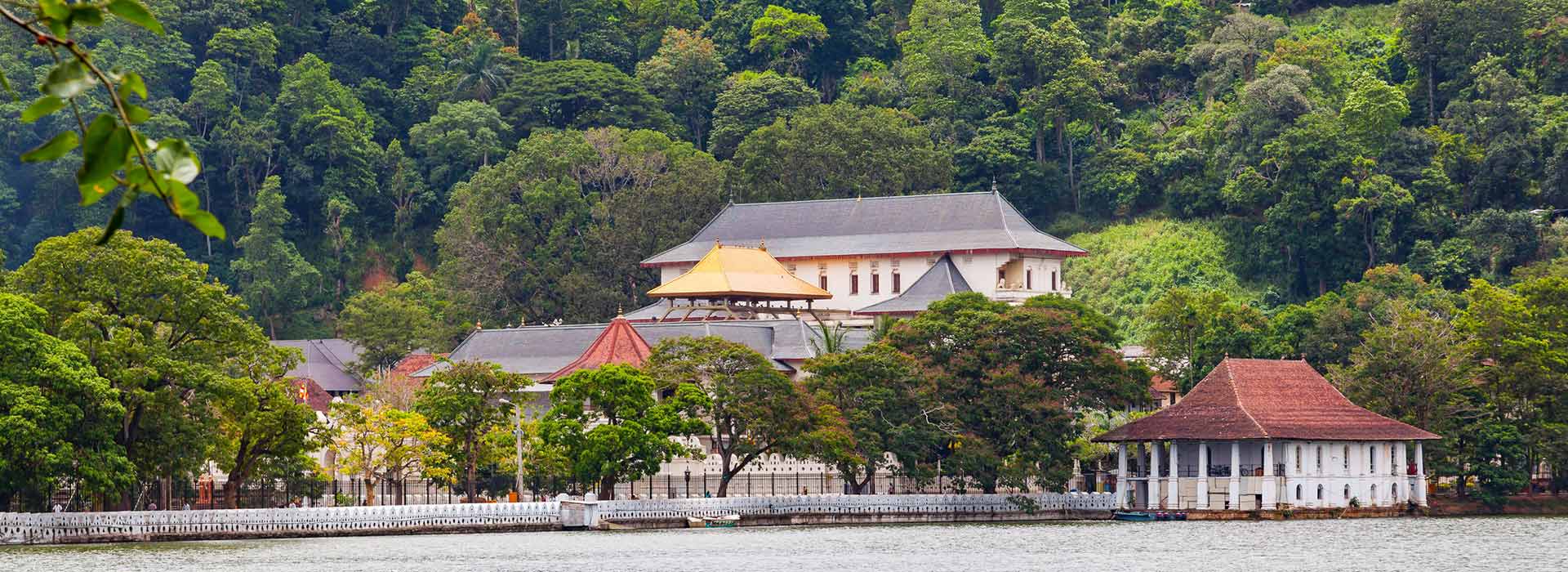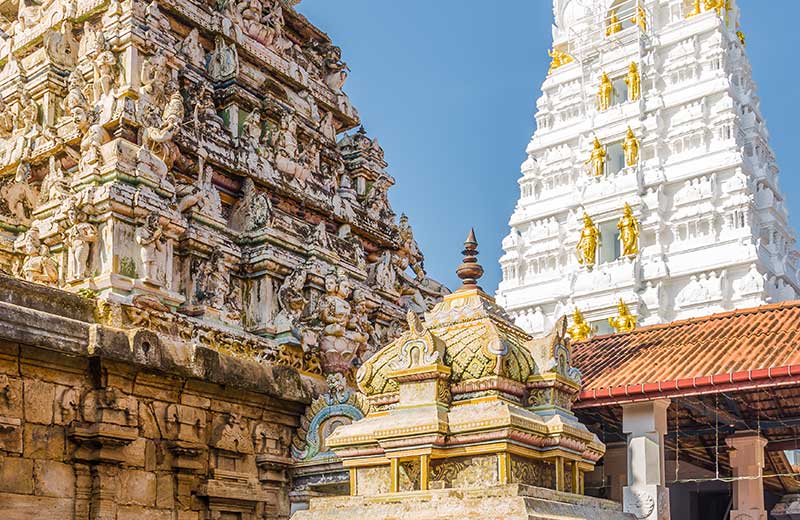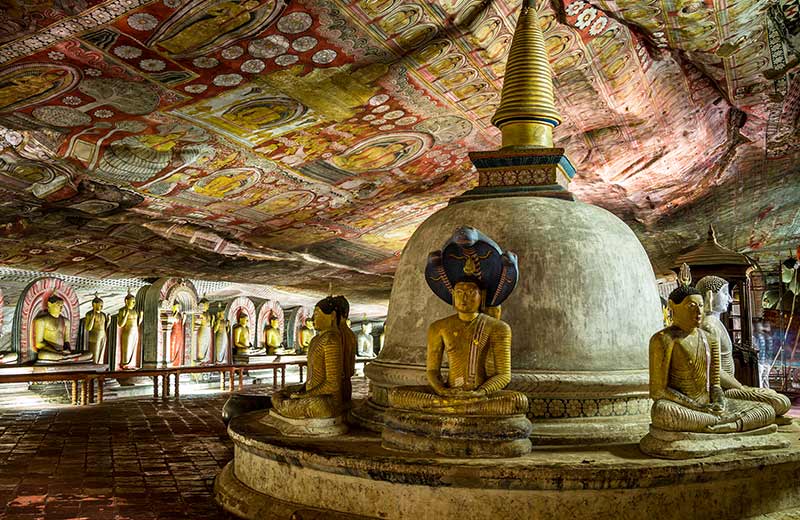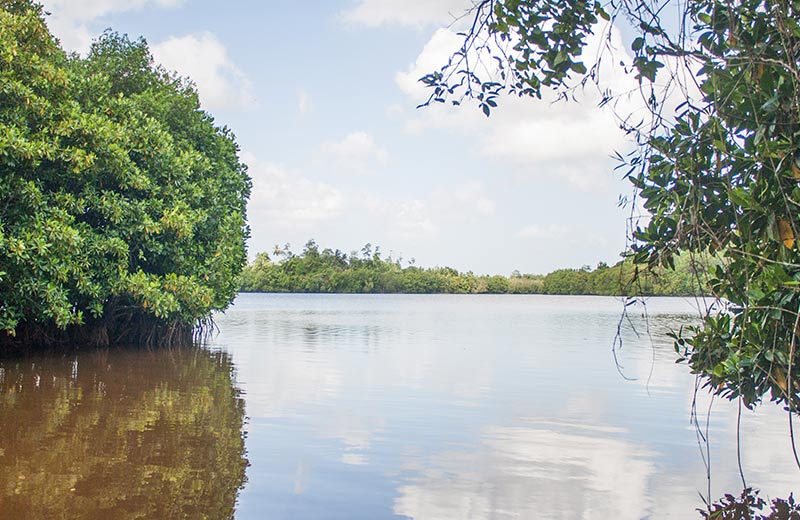UNESCO World Heritage Sites in Sri Lanka to Visit with Friends
When considering a holiday in Sri Lanka, the country’s sunny beaches and deep blue waves tends to be its biggest draw. However, beyond its shores, Sri Lanka is equally well known for its rich history and culture. If you’re trying to identify some of these landmarks for your itinerary, look no further than Sri Lanka’s World Heritage Sites, selected and protected by UNESCO as being especially significant to the island.
Sigiriya
Built over a thousand years ago by a king hiding from the reckoning of his patricide, Sigiriya (or the “Lion’s Rock”) is a historical site that was once both an ancient castle and impenetrable fortress. Today, it is one of the world’s best-preserved examples of ancient urban planning, with beautifully symmetrical water gardens at its base that lead up to what’s left of the ancient castle at its summit. Your trek up the rock will take you past timeworn paintings of the king’s concubines, and past a gateway guarded by the remains of a giant lion statue that gave the rock its name. You’ll have to climb up around 1,200 steps to reach the top, but it’s manageable for anyone with a reasonable level of fitness – just take regular breaks along the way, and you’ll be fine! Sigiriya is one of Sri Lanka’s most iconic attractions, and is definitely not to be missed.
Galle Fort
Exploring the Galle Fort is a lot less strenuous than visiting some of Sri Lanka’s other World Heritage Sites, and it is one of the most popular tourist attractions on the island. It was built by the Portuguese more than 400 years ago to defend against ocean-side attacks, but was taken over by the Dutch in the 17th century. The Dutch heavily reinforced Galle Fort when it came under their control, and are responsible for much of what can be see today.
Inside Galle Fort, there are a number of exciting places to visit. The area is small enough that you can walk through its entirety in a single day, covering attractions such as the Galle Lighthouse, the National Maritime Museum, the old Galle Dutch Hospital, and the Groote Kerk church. The architecture is a charming mixture of Dutch, British and traditional Sri Lankan styles, giving the area an atmosphere that is difficult to replicate anywhere else.
Sinharaja Forest Reserve
If you’re hoping for more of an encounter with nature than with the man-made, the Sinharaja Forest Reserve should be one of your top picks. In addition to being a World Heritage Site, the forest has been designated a UNESCO Biosphere Reserve and is a major biodiversity hotspot that is said to be the last viable area of primary tropical rainforest in the country.
Located in Sri Lanka’s Southern Province, the name of the forest translates to the Lion Kingdom and it is home to several of the island’s endemic species of birds, animals and trees, to name a few. Elephants and elusive leopards have made their home here, but the density of its woodland makes them tougher to spot than in Sri Lanka’s national parks. Rare birds such as the red-faced malkoha and Sri Lanka blue magpie might also be spotted by avid bird-watchers.
Kandy and the Temple of the Tooth
Located on a plateau that is nestled amongst the surrounding lush green hills, the ancient Kingdom of Kandy features its own stunning traditional architecture interspersed with colonial-style buildings, and boasts a fascinating history. It was once the capital city of Sri Lanka’s ancient kings, and was designated a World Heritage Site in no small part because of the Sri Dalada Maligawa – or the Temple of the Sacred Tooth Relic. This Buddhist temple is home to the tooth relic of Lord Buddha, which was once believed to give its holder the right to govern the nation, and is one of the most sacred sites in Buddhism.
When stopping by Kandy, you can also visit the Sea of Milk (or “Kandy Lake”), the Royal Botanical Gardens, Wales Park or the Udawattekele Sanctuary – Kandy is a must-see on any Sri Lankan trip, and you definitely won’t want to miss it!



